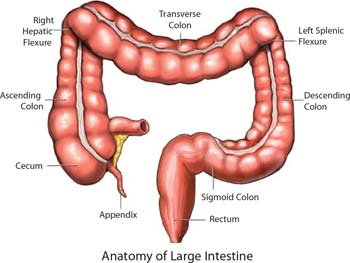1. What are enzymes?
2.What is an active site?
3. What things in the enzyme's environment can denature it?
4. What is the molecule an enzyme acts on?
5. How does the environment affect an enzyme's function?
6. What happens to the collagen in gelatin when you dissolve it in hot water and then refridgerate it?
We then went over the basics of bacterial growth (which is by binary fission).Here is a great site on bacterial growth and the stages.
From the cellsalive site:
LAG PHASE: Growth is slow at first, while the "bugs" acclimate to the food and nutrients in their new habitat.
LOG PHASE: Once the metabolic machinery is running, they start multiplying exponentially, doubling in number every few minutes.
STATIONARY PHASE: As more and more bugs are competing for dwindling food and nutrients, booming growth stops and the number of bacteria stabilizes.
DEATH PHASE: Toxic waste products build up, food is depleted and the bugs begin to die.
Homework for Thursday: Read and take notes on the 13.5 handout and then read the lab for thursday.











